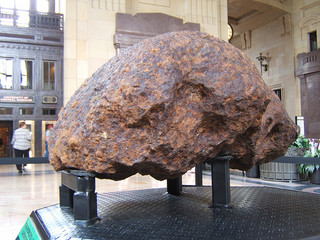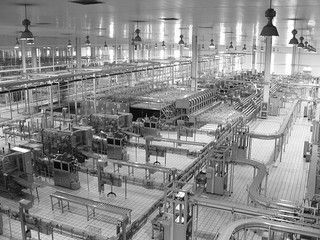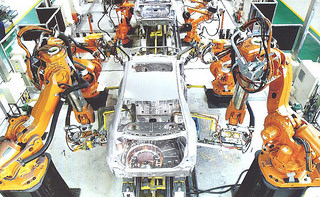Could We See an End to China’s Dominance of Rare Earth Metals?

Rare earth metals are a group of elements found with moderate abundance in the core of the earth. There are 17 rare metals, 15 in a group called lanthanides plus yttrium and scandium. These elements are essential in many manufactured products, including catalytic converters for automobiles, certain petroleum refining equipment, television sets, cell phones, portable DVD players, laptops and rechargeable batteries for a wide array of products, including hybrid and electric vehicles, wind turbine generators and a variety of medical devices. Rare earth metals are also needed for many items necessary for national defence, including fighter jet engines, missile guidance systems, antimissile defense mechanisms, satellites and communications systems.This article is for Premium Members only. Please login below to read the rest of this article.
Not a Premium Member yet? Become one today.
[login_form redirect=’https://www.procurementbulletin.com/could-we-see-an-end-to-chinas-dominance-of-rare-earth-metals’]
[show_to accesslevel=’Premium Members’]
Until the 1980s, the United States and many other nations around the world mined and refined their own rare earth metals. Due to the nasty environmental impact of these processes, most developed nations ceased, leaving China as the world’s primary provider of these necessary elements. Prices skyrocketed, ballooning from the 2009 price of $3,100 and reaching $110,000 per metric ton. At one point, Japan was cut off from supplies completely.
Eventually, producers in China that were somewhat outside the government’s direct control produced enough to help drive supply up and lower prices. China is counteracting this by consolidating their mining and refining operations. Meanwhile, production is slowly increasing in other parts of the globe, which could eventually alleviate the shortages and high prices, or overall lack of availability. The U.S. government has brought a case of unfair practices before the World Trade Organization, which is still pending.
Russia and Greenland now have rare earth mining operations underway, followed closely by Australia. However, it takes five to ten years for a new mining and refining operation to reach peak capacities, meaning the shortage could stick around for awhile. In the United States, the only operating rare earth producer is Molycorp, which has recently expanded operations to Canada. Molycorp’s primary operations are located in Mountain Pass, Calif.
[/show_to]








